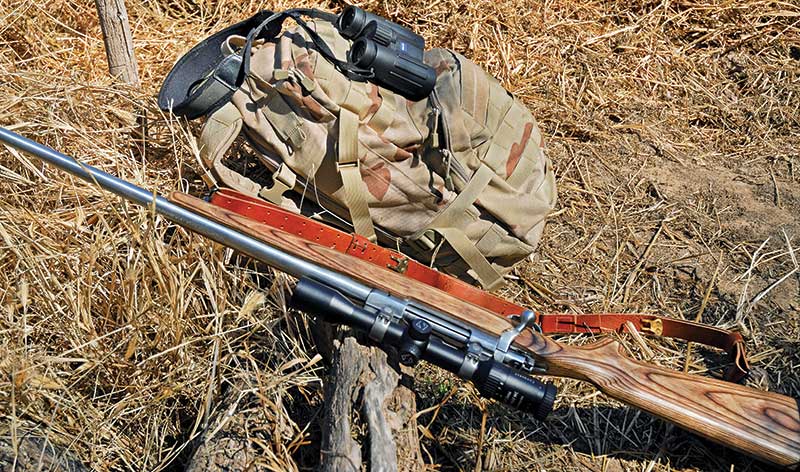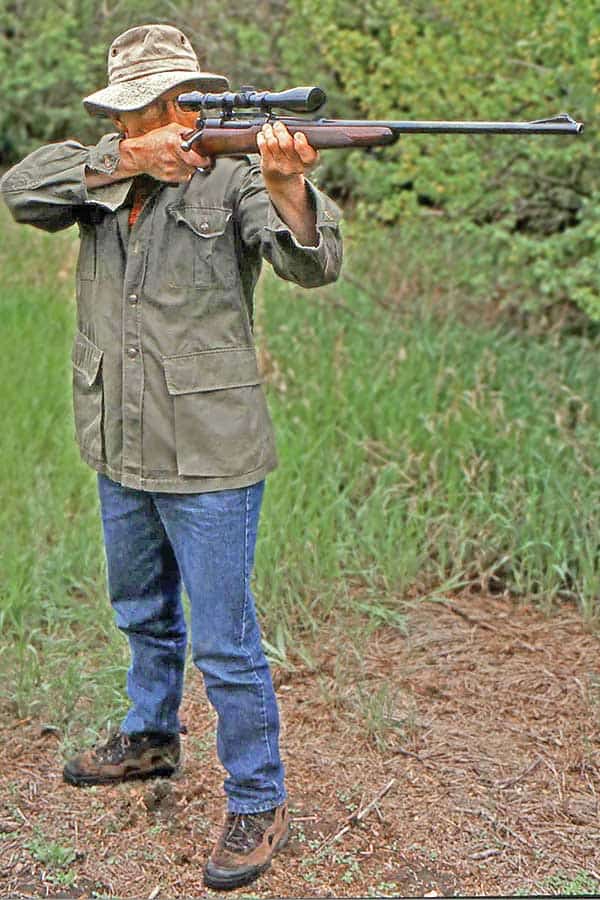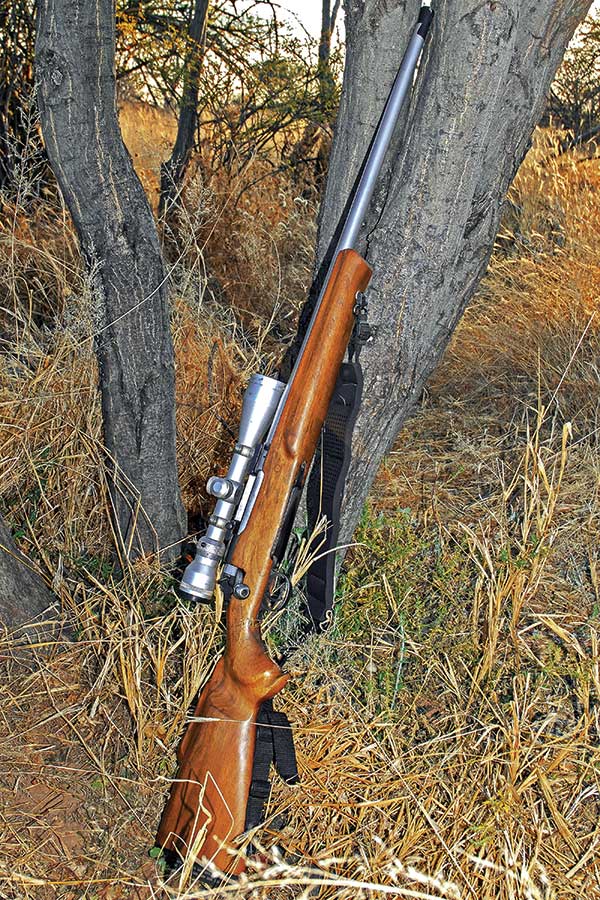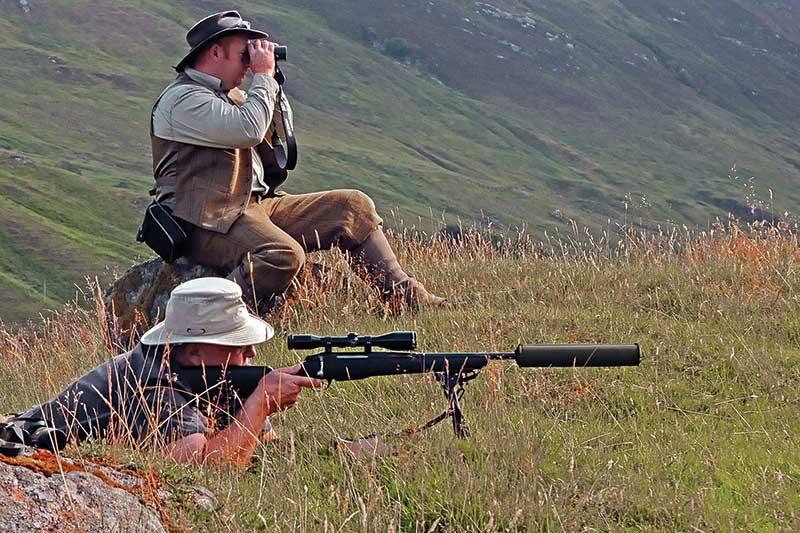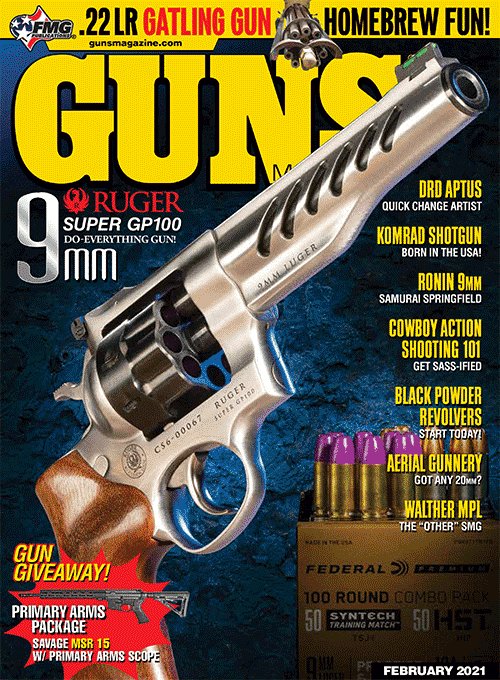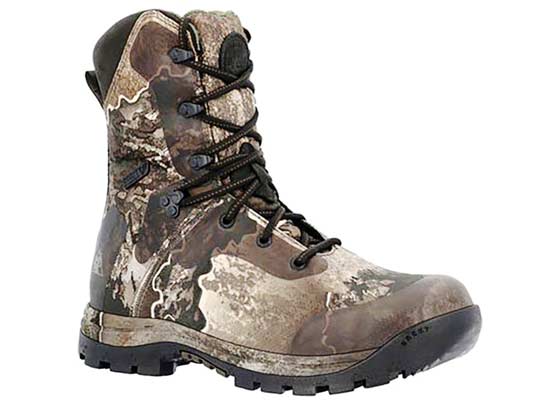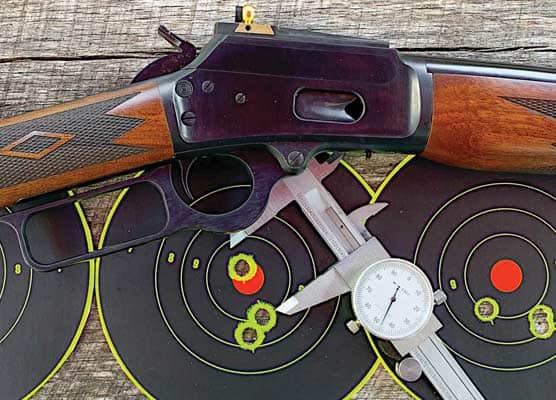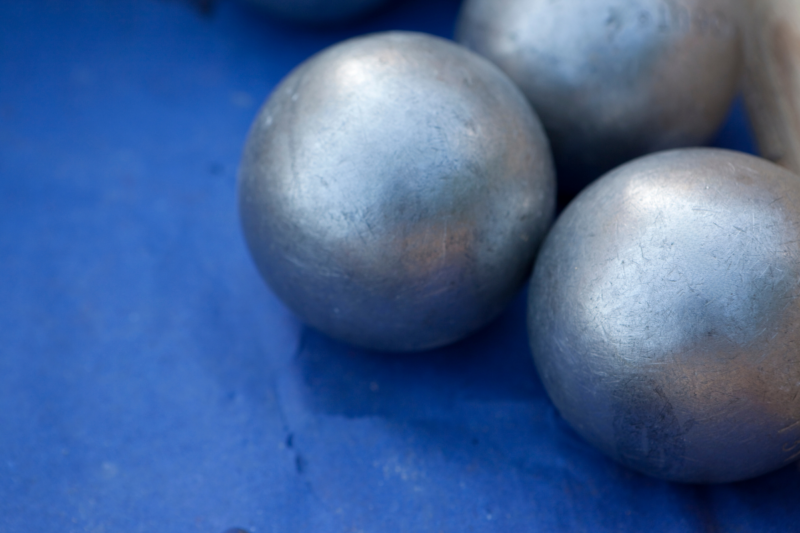Another guide said when a client shows up for a plains game hunt with a .416 or larger he knows he is in for trouble. People do kid themselves, and some see recoil tolerance as a test of manhood. Some shoot their big guns very well at the range, often with the aid of added weight, and if limited to a shot or two a day in the field, they can get by. But recoil effect is cumulative and the old devil flinch is always waiting for an opportunity.
Another guide said the best game shot he ever saw was an American using a 7mm-08 rifle, with Barnes bullets as I recall. He took around 20 game animals, all one-shot kills, and it made no difference if the game was standing, running, near or far.
Inability to shoot offhand — I’m a bit skittish to mention this as I’ll always recommend using a rest if at all possible — and in Africa where the guide will have a tripod or bipod a rest is almost always available. But if game gets up suddenly, especially when following up wounded game, the ability to place a fast offhand shot is a good tool to have. Yes, it is a skill needing practice — and, while competitive offhand shooting is really hard, practical game shooting skill is not so difficult. If a moose or elk appears at 50 yards, rather than hunt around for a rest, just shoot it. Hitting a vital area the size of a microwave at 50 yards should be fairly straightforward.
Mistakes to make
guides cringe
Are you really ready for the hunt?
In 60 years of big-game hunting, the equipment I use and the skills I practice have evolved. I don’t obsess over cartridges anymore. For most big-game hunting it would be easy to list 50+ satisfactory cartridges. I do obsess over bullets, ballistic coefficients, twist, rifle fit and balance, and trigger quality. Most of my shooting practice is offhand with .22 rifles.
More Mistakes
A while back I wrote about hunting guides and the mistakes they see made by their clients. I’ll reiterate a couple of these and add a couple more. The most common complaint I hear from guides is about clients being slow in getting the shot off. Personally I’m not sure this is a fault as I see an accurate first shot as a prime goal.
Slow fire — Apparently some hunters just cannot get the shot off in a reasonable time frame. They change shooting position, fiddle with the scope, check and recheck a round is chambered and safety off, and aim interminably until the game gets spooked or just wanders off. I think this is partly a psychological issue for which the only cure is experience.
Not knowing where to aim — If you want to see a guide lose his mind, have him find a fine game animal, lead you on a stalk to sure shooting position and then whisper in his ear, “Where should I aim?” Long before, in fact before you get on the plane to your hunting grounds, you should have studied photos and read articles so you know where to aim. I know of no better resource for an African hunter than Kevin Robertson’s book The Perfect Shot.
Using too much gun — For an African plains-game hunt, your guide will be very happy to have you show up with a .30-’06, .308 Win. or 7×57 Mauser — or anything similar, up to about a 7mm Rem. Mag. or .300 Win./Wby mag. Go much bigger and alarm bells start ringing. One guide said he wouldn’t let his clients hunt eland with less than a .375 H&H. After I’d run off a dozen or so one-shot kills with a .300 Win. Mag. he said he’d let me hunt eland with it — but “next trip bring your .375”. I knew his personal rifle was a .375 and I was unworthy enough to wonder if he was hoping I’d leave a box or two of ammunition behind.
Skill Building
Offhand shooting with a .22 rifle develops this skill and can also help overcome slowness in getting the shot off. I like to shoot at 8″ steel plates at 100 yards. A shot timer to show time from start signal to shot is a useful tool. Start with the rifle held in both hands as you might carry it when following up wounded game. At the start buzzer smoothly raise the rifle, release the safety and press the trigger. A good initial goal is four seconds from signal to shot, with all or most shots hitting the plate.
I know an 8″ target sounds too easy, but if you are hitting every shot, most of the hits will be within a 4″ to 5″ group, with just the occasional shot slipping out near the edge. If it starts seeming too easy, don’t make the target smaller, cut the time. When you can hit every shot in two seconds or less, from buzzer to shot, you’re flying in some rare air. The trigger control you’ll develop will help your shooting from any position.
